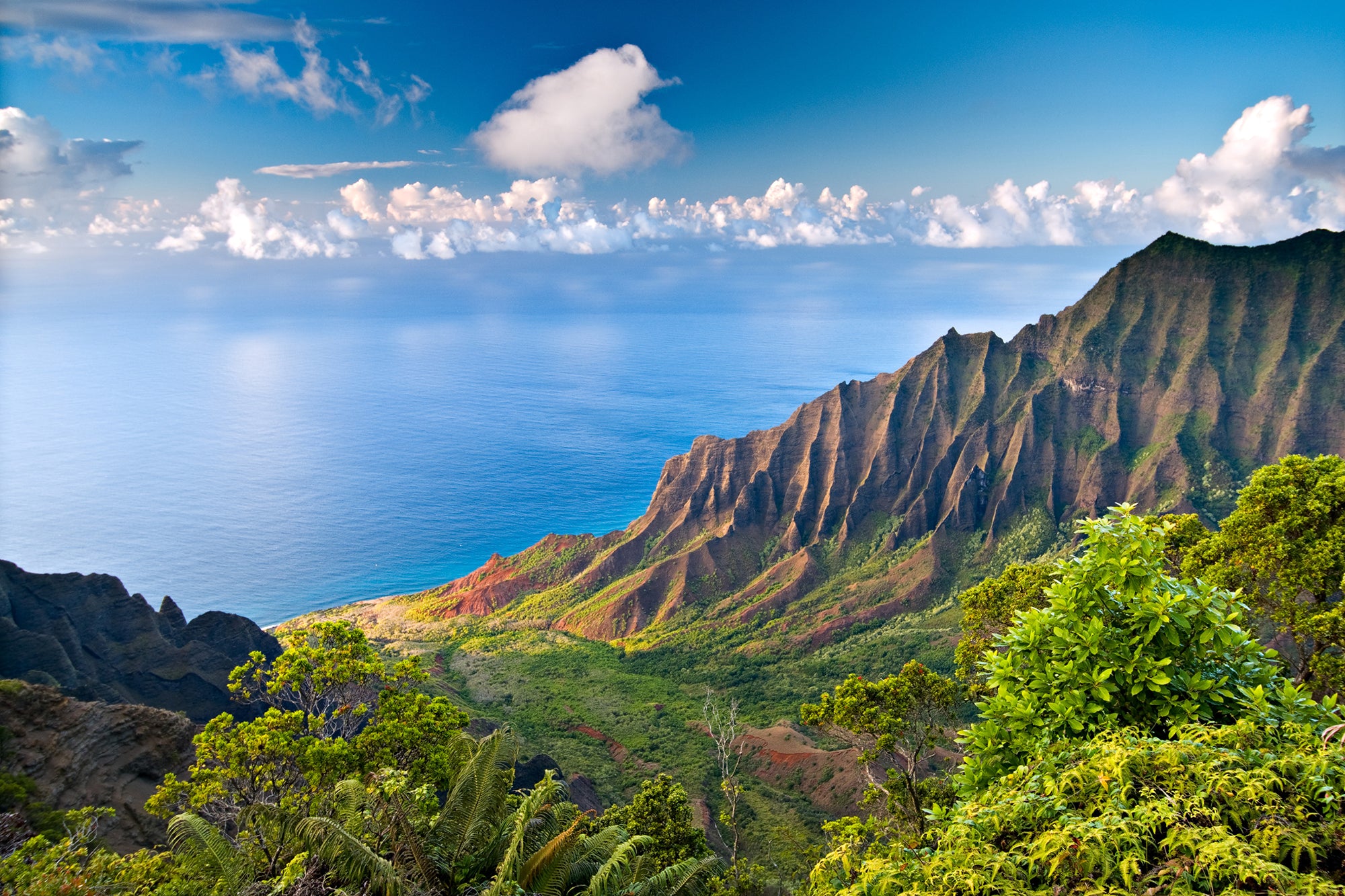Nigel
Well-Known Member
- Joined
- Jul 7, 2014
- Messages
- 16,861
- Reaction score
- 8,806
- Location
- Wales
- Country
- United Kingdom
- Dash Cam
- Gitup F1+G3ꞈꞈꞈꞈꞈ Viofo A229ꞈꞈꞈꞈꞈ Blueskysea B4K
I have not tested this particular CPL, but in general you will reduce the light by 1 stop, and that is likely to increase the exposure time by x2, resulting in 2x the motion blur and no other changes. There will be times when the camera changes the ISO instead, but it is fixed aperture and a dashcam should use the highest ISO possible with reasonable quality, so normally the effect is extra motion blur. The HDR fast frame will likely stay the same speed, so for the highlights, such as reflective plates at night, this may reduce over exposure a little rather than increase motion blur, and at night there will probably be some plates, not quite in the headlamp beam, that the HDR decides not to process so become totally blurred instead of sharp, or maybe they slip out of HDR a couple of frames earlier than they would otherwise do.What level of reduction of incoming available light, how many 'stops' is expected from using a CPL, if any, and especially at night?
Some people will say that it must be more than 1 stop, but some of that more is reflections that we don't want. Out of the light that we do want, it will be very close to 1 stop.
Removing reflections generally makes the job of the video codec a lot easier, since then the whole scene is moving consistently rather than the main image moving but overlayed by non-moving reflections, so then the bitrate can be used more effectively and the image quality and detail will increase. Since the VS1 is not particularly high on bitrate, this may make a significant improvement to image quality, depending on how bad the reflections are in your car, having a ventilation grill reflection particularly prominent can use up a lot of bitrate.
Overall, CPLs are normally worth having, day and night.


